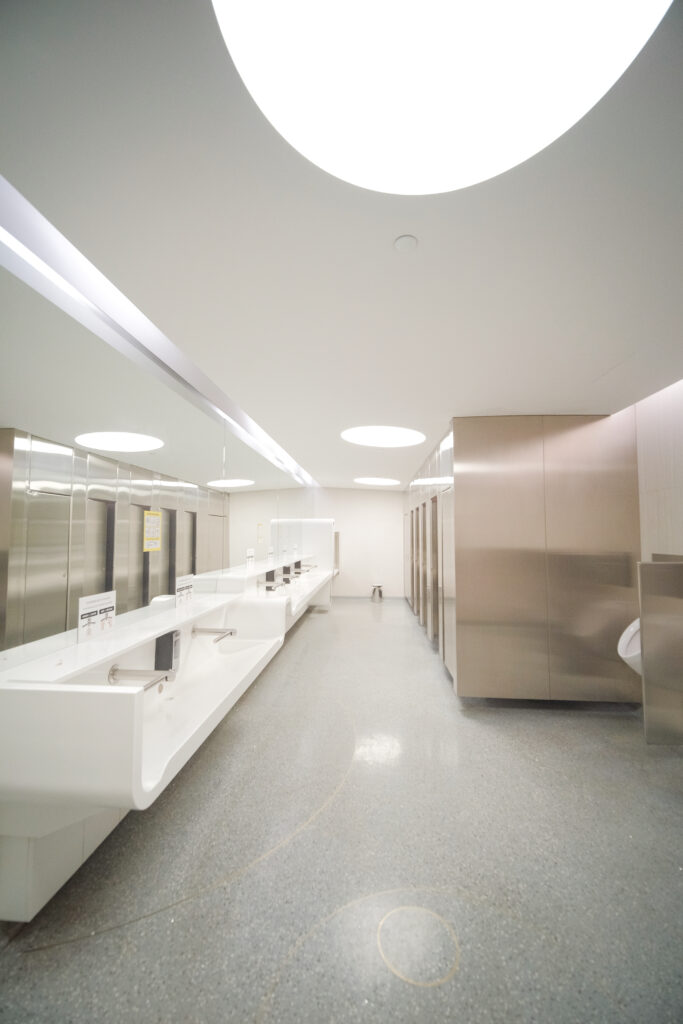The architecture of the Royal Ontario Museum (ROM) is a fascinating blend of old and new, with its historic facade seamlessly integrated with modern additions. Here’s a closer look at the architectural features of this iconic institution:
- Historic Facade: The ROM’s original building, known as the Heritage Building, was constructed in the early 20th century in the Beaux-Arts architectural style. Designed by architect Frank Darling and John A. Pearson, the facade features classical elements such as columns, arches, and ornate detailing, reflecting the grandeur of its era.
- The Crystal: One of the most distinctive features of the ROM is the Michael Lee-Chin Crystal, a bold and contemporary addition designed by architect Daniel Libeskind. Completed in 2007, the Crystal is characterized by its sharp angles, geometric shapes, and glass-and-aluminum cladding. It serves as the main entrance to the museum and houses galleries, exhibition spaces, and public amenities.
- Integration of Old and New: The design of the Crystal was intended to complement rather than compete with the Heritage Building. Its jagged, crystalline form appears to emerge from the ground, creating a striking contrast with the traditional architecture of the original structure. The seamless integration of old and new is achieved through carefully planned connections and transitions between the two buildings.
- Interior Spaces: Inside the Crystal, visitors are greeted with expansive atriums, soaring ceilings, and dramatic staircases. The use of glass allows natural light to flood the interior, creating a bright and inviting atmosphere. The juxtaposition of modern materials and historic artifacts creates a dynamic and immersive experience for museum-goers.
- Functionality and Accessibility: Beyond its aesthetic appeal, the architecture of the ROM is designed to enhance functionality and accessibility. The layout of the building facilitates easy navigation and wayfinding, while ramps, elevators, and other amenities ensure that the museum is accessible to all visitors, including those with mobility challenges.
In summary, the architecture of the Royal Ontario Museum is a harmonious blend of old-world charm and contemporary innovation. From the classical elegance of its historic facade to the bold geometry of the Crystal, the ROM’s architectural design is a testament to the museum’s commitment to preserving the past while embracing the future.








